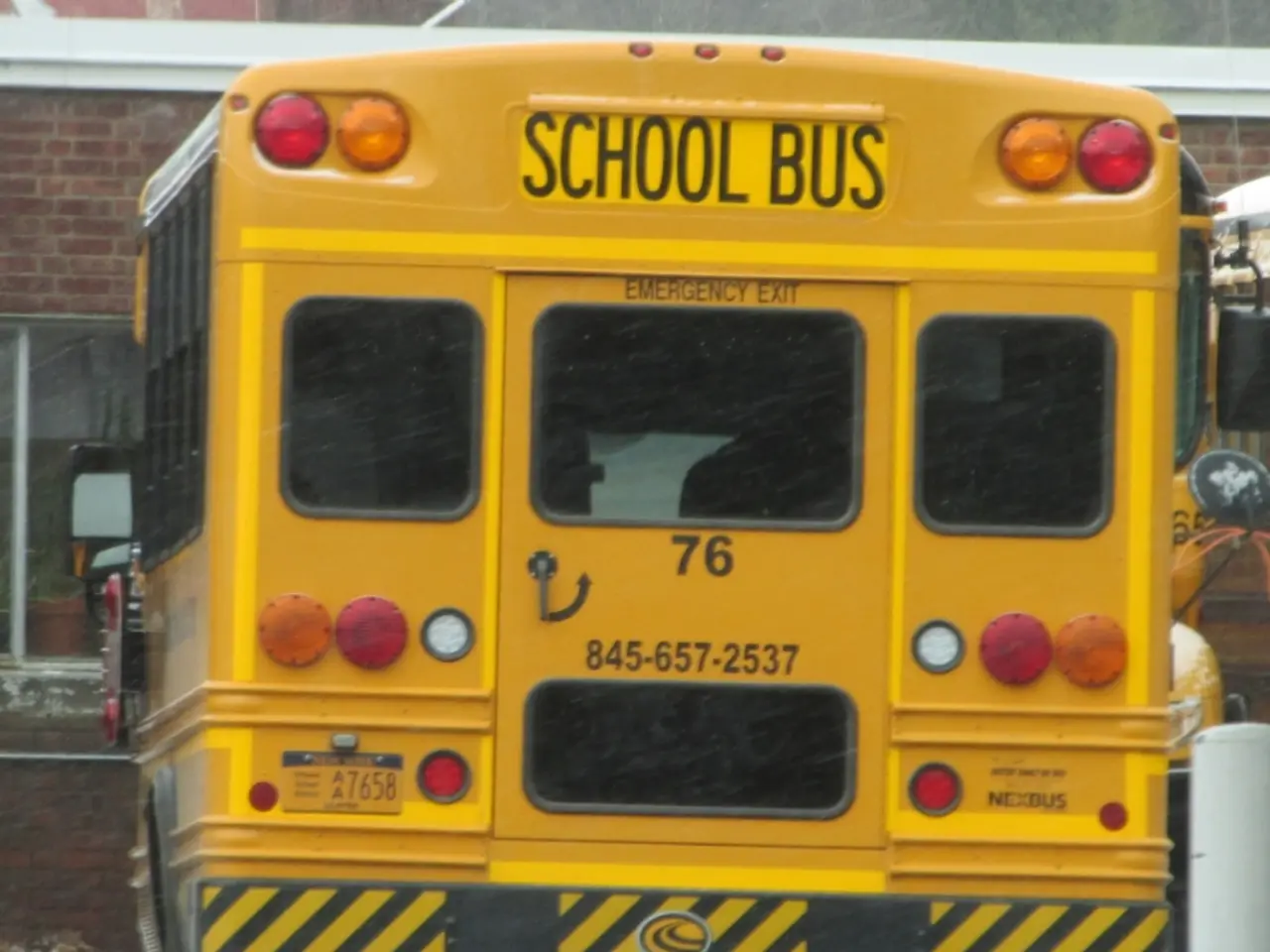Soaring Summer School Sessions Harming Student Success. Here's Some Possible Solutions
In a study co-authored by Travis Roach, an economics professor at the University of Central Oklahoma, and Joshua Goodman, an education and economics professor at Boston University, researchers have found a link between more hot days in the school year and poor educational outcomes for students. The study, which analysed 10 million students who retook the PSATs, reveals that each additional day over 100 degrees in the school year decreases student achievement.
Heat not only affects learning in the short run but also in the long run, according to Goodman. In fact, Goodman's research suggests that hotter school days before a test reduce scores, with extreme heat being particularly damaging.
To help mitigate the impact of heat on student learning, researchers propose several practical solutions and measures for educators.
One of the most effective ways to reduce heat-related learning loss is by installing or upgrading air conditioning systems in classrooms, especially in schools located in warmer regions or underserved communities lacking cooling infrastructure. Improving classroom ventilation also plays a crucial role in regulating indoor temperatures and reducing heat stress, thereby improving students’ attention, memory, and overall cognitive function.
In addition to air conditioning and ventilation, increasing tree canopy and green spaces around schools provides natural shade and cooling, creating a more comfortable learning environment. Using indoor and outdoor cooling systems beyond just air conditioning, such as fans, evaporative coolers, and shading structures, also helps reduce exposure to extreme heat during school hours.
Addressing inequalities in heat mitigation is another key focus. By prioritizing investments in low-income and minority-serving schools that currently experience much higher heat exposure and less access to cooling resources, educators can help level the playing field for students.
Scheduling adjustments or modifying school activities during extreme heat days can also help reduce acute heat exposure impacts on cognitive function. For instance, limiting outdoor physical activity or shifting class times to cooler parts of the day can make a significant difference.
Educator and policy awareness of the cumulative and delayed effects of heat exposure on learning performance is critical for planning interventions and advocating for necessary resources. Scheduling breaks for students to cool off can also be beneficial.
These measures collectively aim to enhance thermal comfort, reduce the physiological stress of heat on students, and thereby mitigate the documented declines in attention, memory, test performance, and learning outcomes caused by prolonged heat exposure. However, many schools still lack funding for these necessary adaptations, underscoring a need for systemic support to address climate-driven learning inequities.
It's important to note that discussing climate change with students and teachers is not a focus in this article. However, the impact of heat on classrooms is an important part of the ongoing conversation around climate change, according to Roach. Teachers should be aware that heat might be the reason a given lesson isn't resonating with students.
Research suggests that lower-income students see a bigger negative impact from heat due to fewer resources for cooling. Therefore, it's crucial for educators to consider these factors when planning for their classrooms and implementing heat mitigation strategies.
In conclusion, by implementing practical solutions like improving ventilation, installing air conditioning, and increasing green spaces, educators can create a more comfortable learning environment for their students, reducing the negative impact of heat on learning outcomes. While many schools still lack the resources for these adaptations, raising awareness and advocating for necessary funding is a crucial step towards addressing climate-driven learning inequities.
- The link between more hot days in the school year and poor educational outcomes for students has been found in a study.
- Researchers propose that installing or upgrading air conditioning systems in classrooms could reduce heat-related learning loss.
- Improving classroom ventilation is crucial for regulating indoor temperatures and reducing heat stress, thereby improving students’ attention, memory, and overall cognitive function.
- Increasing tree canopy and green spaces around schools can provide natural shade, creating a more comfortable learning environment.
- Lower-income students see a bigger negative impact from heat due to fewer resources for cooling, making it crucial for educators to consider these factors when planning for their classrooms.
- By implementing practical solutions like improving ventilation, installing air conditioning, and increasing green spaces, educators can create a more interactive learning environment that promotes personal growth, education-and-self-development, and environmental-science.




